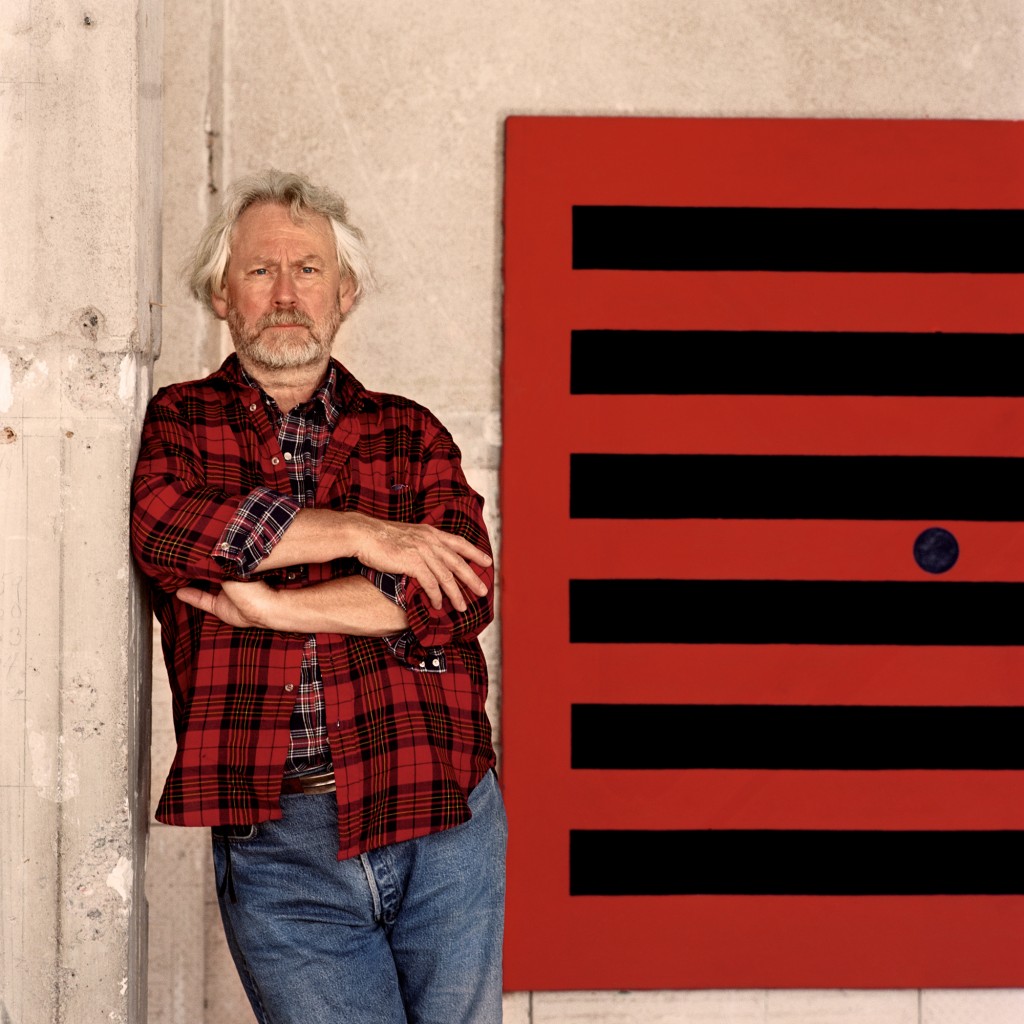His name is now synonymous with the Minimalist movement of the 60s and 70s, but before he was Judd the artist he was Judd the art critic, writing prodigiously throughout his career on the subject of space: literal space, illusory space, spiritual space, no space, architectural space. “Three dimensions are real space,” he wrote in 1965 in his groundbreaking essay “Specific Objects.” “That gets rid of the problem of illusionism…Actual space is intrinsically more powerful and specific than paint on a flat surface.” For Judd, whose retrospective opens in March, the conventions of painting, whether abstract or representational, were concepts he refused to flatter. Instead he believed the artist’s search for the new involved, both in his own work, and that of his contemporaries, a central philosophic question: what is space, how is it defined, and how is it held and activated?
From his earliest fabrication—a freestanding piece in wood, masonite, and an asphalt pipe exhibited in his solo show at the Green Gallery in New York in 1963, he explored 3-D in such non-traditional materials as stainless steel and colored Plexiglas, rendered as stacks, sequences, and blocks in myriad configurations, often startlingly scaled.
Judd had radical opinions about architecture in general, and museums in particular, as well as on how his work should be installed, and for how long. He believed that the ideal places to see his art were within the very buildings and spaces he lived and worked. First was at 101 Spring Street in Manhattan, the five-story cast-iron building he took ownership of in 1968. Then on to Marfa, Texas, where he began purchasing buildings in 1973, and where he would continue his work until his death 21 years later at the age of 65. Considerably more open access is availed at MoMA’s minimalishly titled retrospective, Judd. It brings together sculpture, drawings, paintings, and rarely seen works from throughout Judd’s career, and is the first American exhibition in more than 30 years to map his entire evolution.
Judd is at the Museum of Modern Art, 11 West 53rd Street, from March 1-July 20


